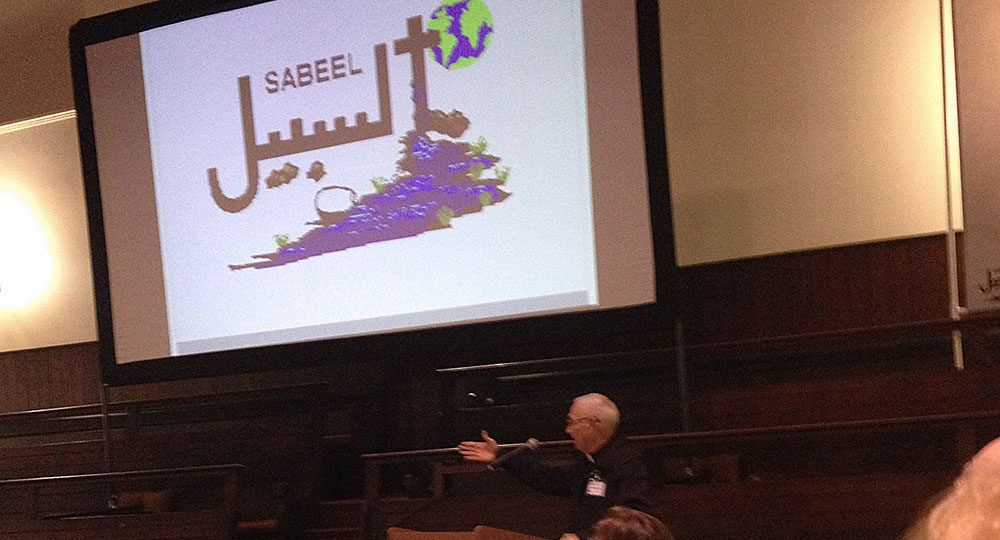


Going to church with my family is among my favorite things to do. So when I visited one of my daughters a while ago, I was thrilled to go to church with her and her family.
On the cusp of a national election, the air is filled with promises. But when the election cycle ends and the ballots are tallied, we learn which promises have a shot at being kept...
This year campuses across America held their 10th annual Israeli Apartheid Week (IAW). As the name suggests, the protest organizers aim to equate the government of Israel with...
Since Israel’s rebirth as a nation, violence against the Jewish people living in the land has continued with barely a lull. Israelis have lived through three wars of survival, two intifadas...
Naim Ateek is not a large man. He is slender, around 5 feet 7 inches tall, with white hair and a self-effacing, gentle look about him. He is not loud or aggressive, and he would...
The “empire” is dying, according to Phyllis Bennis. When Bennis says “empire,” she is not referring to the massive Roman Empire that once ruled Europe and the Middle East...